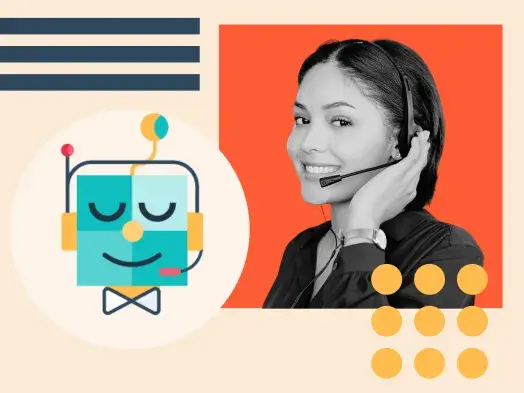In this blog post, we will explore the various ways in which machine learning is revolutionizing customer service and providing businesses with a competitive edge in today's fast-paced market.
Table of Contents:
- The Top Ways Service Pros are Using Machine Learning in Daily Workflows
- Best Practices for Implementing Machine Learning in Customer Service
- Machine Learning for the Future? Here's What's Next for Service Teams
The Top Ways Service Pros are Using Machine Learning in Daily Workflows
Customer service professionals can use machine learning to enhance efficiency, provide personalized experiences, and drive customer satisfaction. This can ultimately lead to increased customer loyalty and business success.
%20in%20customer%20service%2c%20top%20ways%20customer%20service%20teams%20are%20using%20machine%20learning%20in%20their%20daily%20workflows.png?width=600&height=400&name=machine%20learning%20(ML)%20in%20customer%20service%2c%20top%20ways%20customer%20service%20teams%20are%20using%20machine%20learning%20in%20their%20daily%20workflows.png)
Read on to discover how customer service professionals are leveraging the incredible capabilities of machine learning to take their workflows to the next level.
1. Predictive Analytics for Issue Resolution
Predictive analytics models are being leveraged to anticipate and proactively address customer issues before they occur.
Predictive analytics models are invaluable tools that leverage historical data to forecast future outcomes. They employ statistical algorithms and ML techniques to identify patterns and trends, enabling businesses to make informed predictions.
Each type of model has its own strengths and applications, allowing businesses to choose the most suitable model for their specific predictive analytics needs.
Here are some common ways to use predictive analytics models in customer service.
Customer Satisfaction
Using historical customer data, such as feedback ratings, purchase history, and interaction patterns, predictive analytics models can be used to predict customer satisfaction levels.
This helps customer service teams identify at-risk customers and take proactive measures to ensure their satisfaction and loyalty.
Customer Lifetime Value (CLV)
Predictive analytics models can assess various factors like purchase history, customer behavior, and demographics to predict the potential future value of a customer.
This helps businesses identify high-value customers and tailor customer service efforts to prioritize their needs and cultivate long-term relationships.
Service Escalation
By analyzing customer interactions and feedback, machine learning models can predict the likelihood of a customer issue escalating to a higher level of support, such as a supervisor or manager.
This enables customer service teams to intervene early and address concerns to prevent escalations, resulting in improved customer satisfaction.
An evaluation of historical customer data allows support teams to identify patterns and trends that indicate potential problems, including:
- Fraudulent activity
- Equipment failures
- Low employment retention
This allows service pros to provide preemptive solutions, reduce customer dissatisfaction and churn, and ultimately improve customer satisfaction.
2. Speech Recognition for Call Center Support
Call centers are integrating speech recognition technology with machine learning to enhance customer support.
This type of ML technology transcribes and analyzes customer calls, automatically categorizing them, extracting keywords, and identifying sentiment and intent.
By leveraging speech recognition, reps can route calls more effectively, provide faster and accurate support, and deliver a better customer experience.
3. Chatbot and Virtual Assistant Support
Intelligent chatbots and virtual assistants, powered by machine learning algorithms, are being implemented to handle basic customer inquiries and provide self-service support.
By utilizing natural language processing (NLP), these chatbots can understand customer queries and provide accurate and relevant responses.
Check out a real-life example of how NLP can transform service experiences below:

Natural language processing improves response time and efficiency, while also enabling support teams to focus on more complex customer issues.
Ready to take your customer service to new heights with the power of machine learning technology? Discover the power of ChatSpot, HubSpot's advanced chatbot platform.

Get started with ChatSpot for free.
Best Practices for Implementing Machine Learning in Customer Service
Implementing machine learning in customer service requires a strategic approach to ensure successful outcomes and optimal results.
To ensure a smooth transition into the new world of AI, here are some best practices for customer service professionals:
1. Align machine learning initiatives with specific business goals and customer needs.
Before diving into machine learning, define clear objectives that align with your overall business goals and address specific customer needs.
Identify areas where ML can enhance efficiency, improve response times, or personalize customer interactions to create a seamless experience.
Pro tip: Ensure that your ML systems provide understandable explanations for the decisions made. This clarity builds customer trust, enables effective problem-solving, and allows human agents to intervene when necessary.
2. Regularly monitor and evaluate the performance of the ML algorithms, retraining and updating them as needed.
The success of machine learning models relies heavily on the quality of data used for training.
Ensure that you have a well-curated and relevant dataset, free from errors or bias. Routinely validate and update your data sources to maintain accuracy and reflect changing customer preferences.
Pro tip: Machine learning models require constant monitoring and evaluation. Establish a feedback loop to routinely assess the performance and accuracy of ML algorithms.
3. Maintain transparency and human oversight in customer interactions to build trust and provide exceptional customer experiences.
While machine learning can automate and optimize customer interactions, it's crucial to maintain transparency and human oversight.
Clearly communicate when customers are engaging with ML systems, providing options for human assistance if needed.
Pro tip: Human supervision ensures ethical decision-making, mitigates risks of bias, and builds trust with customers.
Machine Learning for the Future? Here's What's Next for Service Teams
The continued evolution of machine learning has the potential to revolutionize the future of customer service.
As algorithms become more sophisticated, businesses will be able to leverage vast amounts of customer data to gain deeper insights and provide hyper-personalized experiences.
Smarter chatbots and virtual assistants will lead to faster and more accurate issue resolution, while predictive analytics will enable proactive/reactive support and anticipate customer needs.
Ultimately, the future of customer service supported by machine learning holds the promise of delivering exceptional, seamless, and highly customizable experiences that drive customer satisfaction, loyalty, and business growth.
Artificial Intelligence


.png?height=613&width=1920)
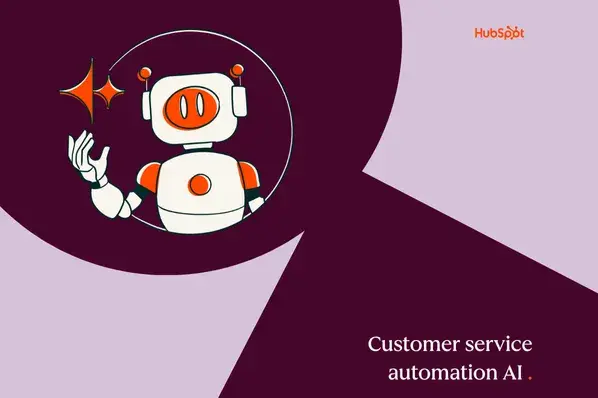
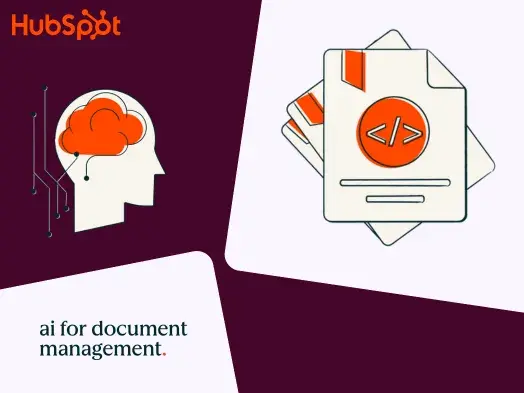

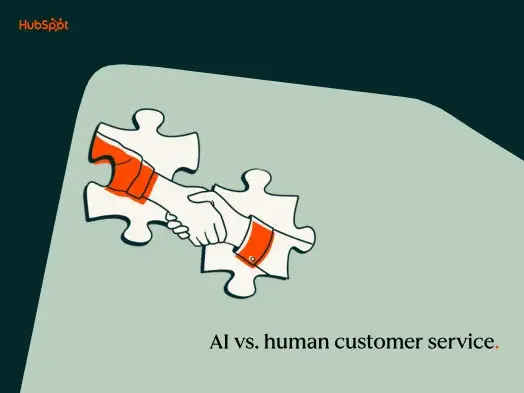

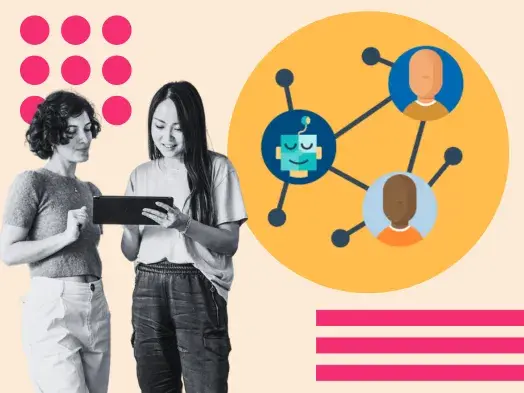
![How AI Can Unlock Customer Insights [+Expert Tips]](https://53.fs1.hubspotusercontent-na1.net/hubfs/53/customer-insights-ai-1-20241101-2082956.webp)
